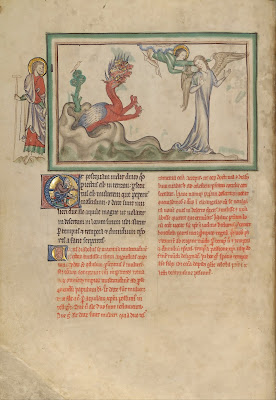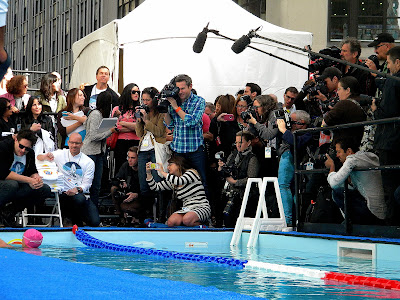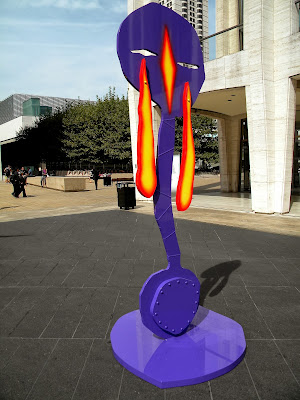Autumn, Fall Colors in Central Park near "The Pond" at the southern edge of the park the area is a haven to 240 migratory bird species.
Image License: I, (sookietex) the creator of this work, hereby release it into the public domain. This applies worldwide. In case this is not legally possible, I grant any entity the right to use this work for any purpose, without any conditions, unless such conditions are required by law.
If This image is subject to copyright in your jurisdiction, i (sookietex) the copyright holder have irrevocably released all rights to it, allowing it to be freely reproduced, distributed, transmitted, used, modified, built upon, or otherwise exploited in any way by anyone for any purpose, commercial or non-commercial, with or without attribution of the author, as if in the public domain.
When Frederick Law Olmsted (1822-1903) and Calvert Vaux (1824-1895) created their design for Central Park in 1858, they transformed the low-lying swamplands into pastoral water bodies. The Pond, a 3.8-acre lake, was placed on the site of steep rock outcrops and a natural brook that came from the west side of Manhattan Island and emptied into the East River. In Olmsted and Vaux’s original plan, the area around the Pond was carefully designed to take the visitor through ever-changing scenery.

















































